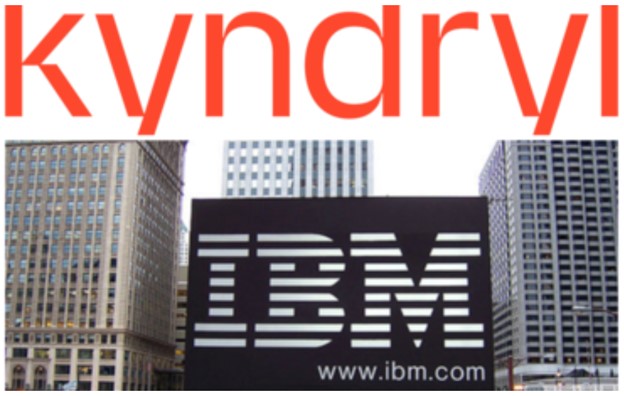2021 ended with a bang, with the S&P posting a 27% gain on the year. This appreciation occurred with the markets were facing a trifecta of rising interest rates, an unknown coronavirus variant backdrop, and the Federal Reserve tapering. The major indices reached unprecedented territory breaking through all-time high after all-time in what seemed like a daily occurrence throughout the year until the back third of the year rolled around. The September correction was a harbinger that valuations do matter, albeit October saw a huge reversal to the upside. Then came the November/December bifurcation in the markets, along with extreme bouts of volatility. Despite the back third of the year, the S&P 500 posted a 27% gain, placing the index in rarified air across many valuation metrics.
As interest rates, fed taper, and the pandemic gripped the markets, a sea change occurred. This sea change started to take hold back in November and December of 2021 while really accelerating in the first week of January 2022. As a result, technology names experienced heavy selling, specifically in stocks with high beta and/or rich valuations. This massive rotation came out of technology companies that are unprofitable with proof of concepts and into value-oriented companies that are well-capitalized, profitable, and pay dividends. As 2022 continues onward, this theme will lead the charge in the markets until the uncertainty surrounding the pandemic and the interest rate environment is settled out. Continue reading "Apparently, Valuations Do Matter"

